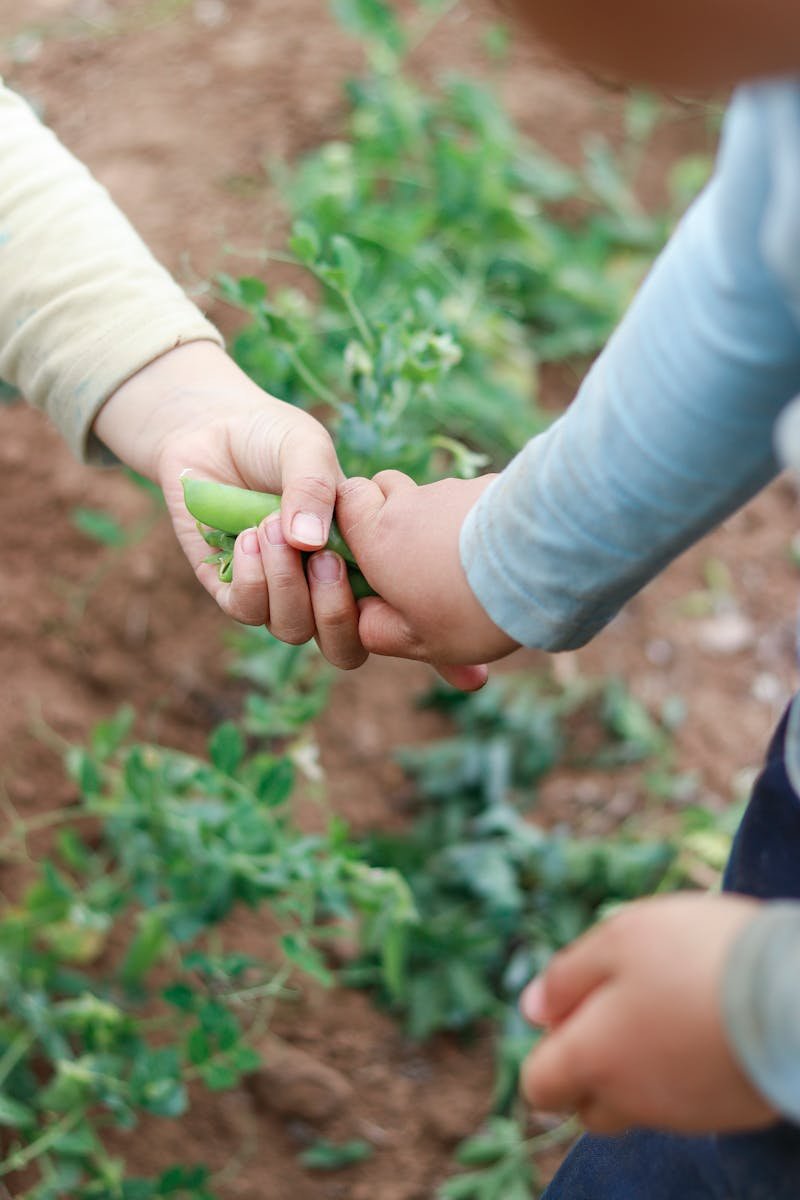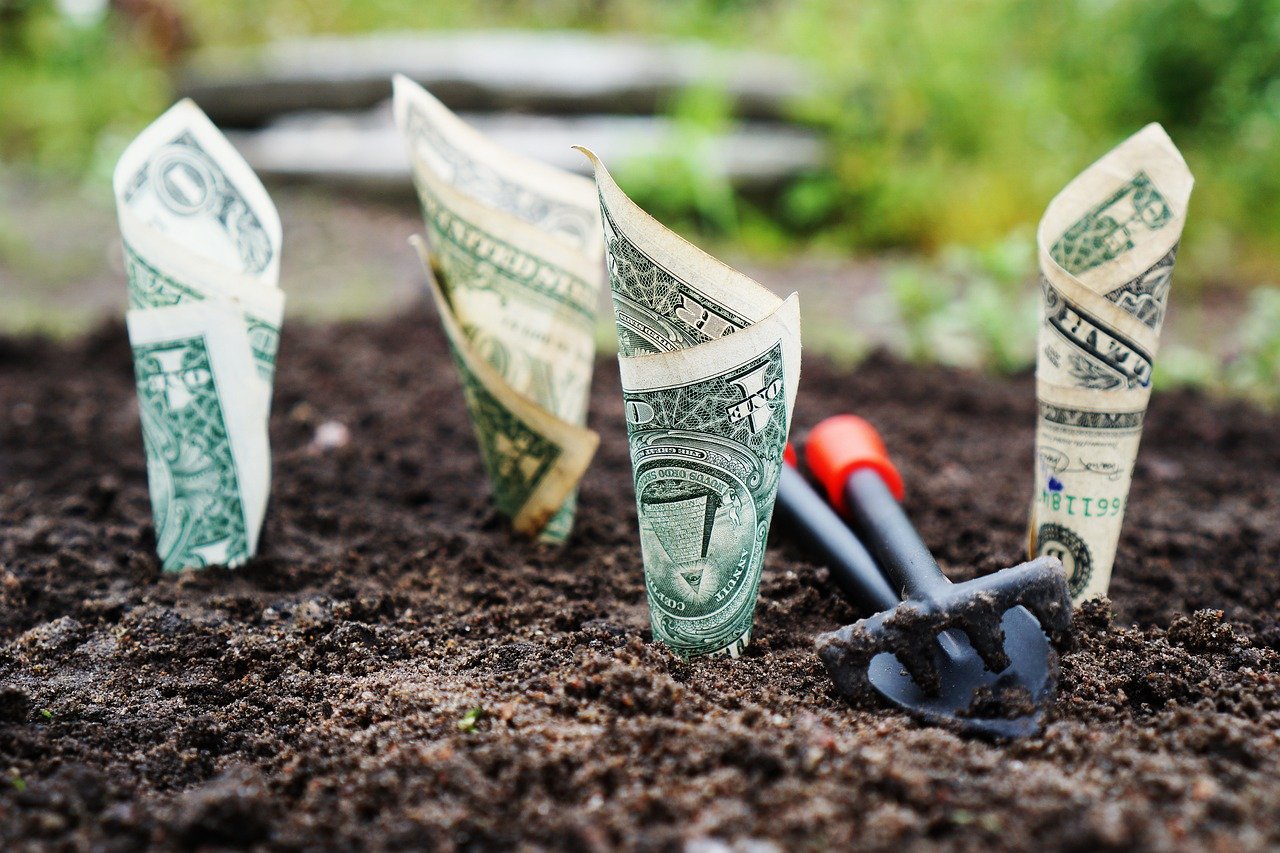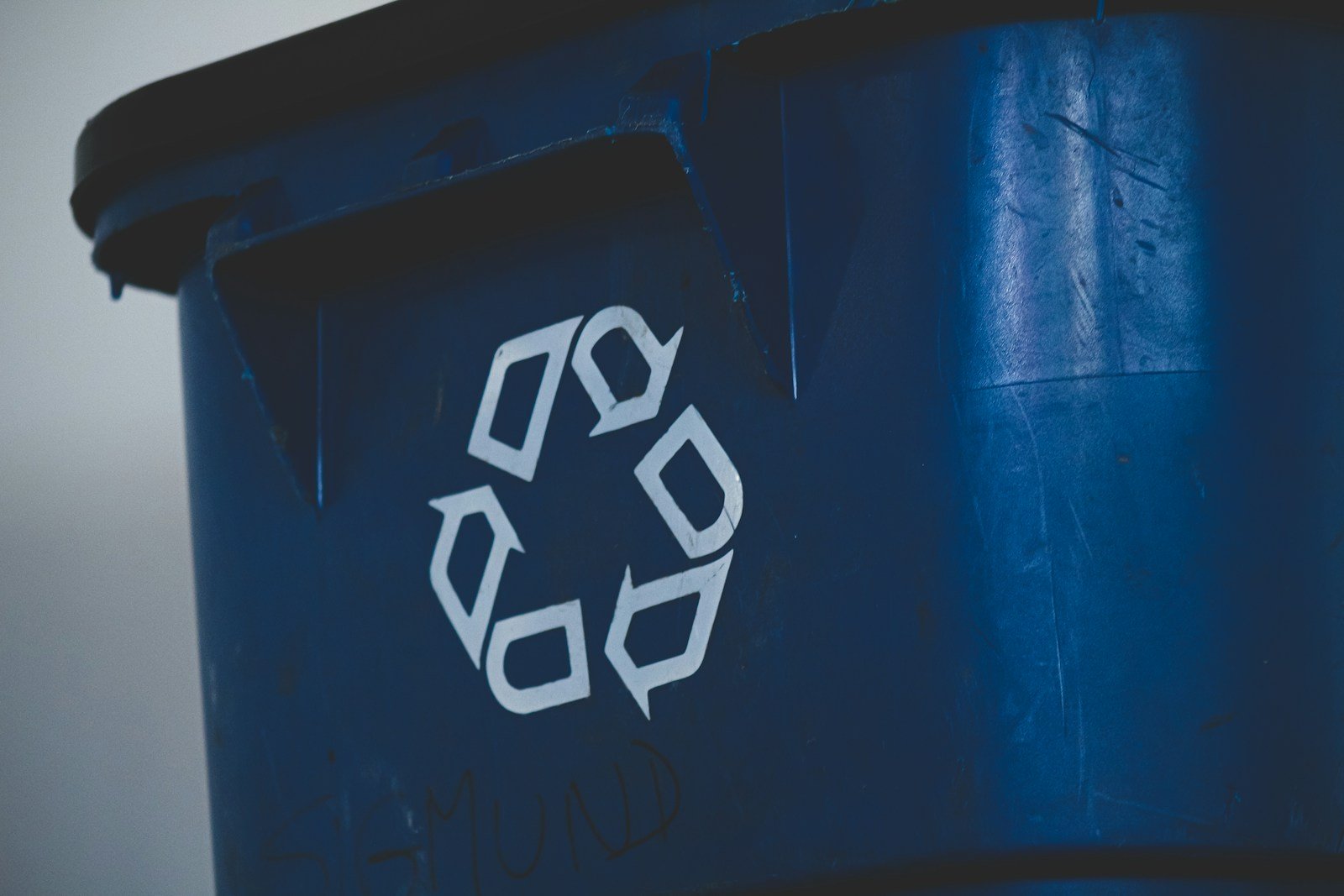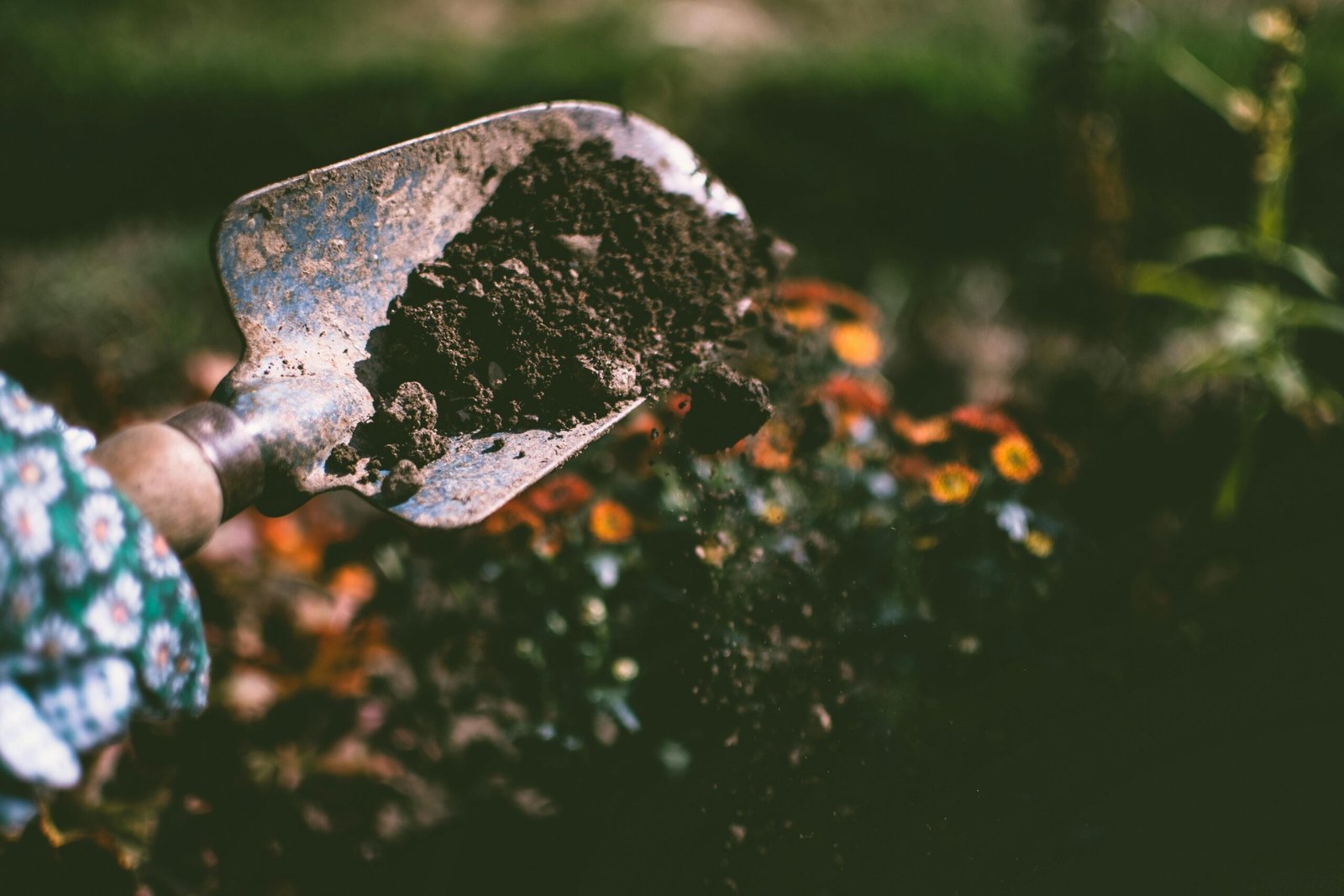Indonesia is facing a challenging era. Food scarcity is haunting upon the lower land utilization and production of agriculture. Commodity imports have been increasing during the last 20 years. President Joko Widodo has announced that food deficiency might happen in some provinces due to the impact of Covid-19. Rice target production in 2020 would be missed due to low consumption during the pandemic. What is happening to our agriculture system? What can we do to solve the problems?
Indonesia, as one of the most populous countries that rely on agriculture and fisheries commodities, has been facing an ironic issue for years. President Joko Widodo stated in May 2020 that more than 30 provinces will face deficit on commodities e.g. rice, onion, garlic, sugar and chili (the deficit volume may vary for each country). This condition could be even worse with the Covid-19 pandemic that disturbs the food distribution and import from other countries. Although Minister of Agriculture Syahrul Yasin Limpo stated that rice inventory would be sufficient until the end of 2020, Central Bureau of Statistics (BPS) recorded 6,675 ton of rice has been imported during January until May 2020, not to mention other main commodities. Whether to buffer the nationwide’s inventory stability or patch the deficit, this irony has remained for decades and never been solved.
Known as the emerald of the equator, Indonesia is blessed with fertile land, rich of plant and animal species and sunshine all over the year. Back in the 14th century, history recorded that Indonesia was the treasure of spices and many Europeans wanted to possess the islands. Long story short, Indonesia has been colonialized for more than 400 years before its independence declaration day in August 1945. Ir. Soekarno, the founding father and the first president of Indonesia, stated that agriculture is the main pillar of Indonesia. In 1969–1974, under the administration of President Soeharto, Indonesia declared Repelita I, the first 5-year plan nation development program in which one of the acts was food self-sufficiency by establishing rice as the main source of carbohydrate. The goal for food self-sufficiency was accomplished and Indonesia was awarded by FAO in 1986. However, the joy stopped there. Starting from 2000–2015, Indonesia has been importing rice amounted 15.39 million tons with the highest volume was 2.75 million tons per annum in 2011.
The government imports rice not without reason. Indonesia is the fourth most populous country in the world and the largest population in South East Asia. As stated by World Bank, the population annual growth rate of Indonesia has reached 1.2% per annum and estimated to have more than 290 million people in 2045. Unfortunately, this population increment is not accompanied by larger land and productivity of the rice paddy field which becomes smaller instead. In 2018, Head of Central Bureau of Statistics Suharyanto mentioned that the total utilized land for agriculture has been decreased to 7.1 million hectares from 7.75 million hectares in 2013. Furthermore, Indonesia only utilizes 32% of its total area which is quite lower compared to Thailand (43%) and Australia (52%).
To anticipate the aforementioned problems, President Joko Widodo has instructed us to open new land on a big scale. He asked the Ministry of Agriculture, local government and SOEs to open new agriculture land on peatlands, mostly in Kalimantan (Borneo). However, this action brings a lot of criticisms and objections. To open new rice paddy field, there are huge investments and social engineering for new farmers that need to be deployed. Not only investments, but also operational costs will also be very high due to the lack of seeds and fertilizer distribution centers across Indonesia. Another big problem is the average age of farmers. More than 61% of farmers are above 45 years old and only 12% of farmers are below 35 years old. Also, research conducted by People Coalition for Food Security stated that about 1,369 farmers per day stopped their job in 2013. If this condition remains, Indonesia will face extreme shortages of human resources in the upstream. Not to mention other factors such as obsolete technology utilization and the impacts of deforestation, opening new land on a big scale is not considered as an effective solution.
We cannot just rely on the government. It is our time to support ourselves by contributing real action. The conventional agriculture system has reached its peak and opening rice paddy field seems no longer applicable due to limited land area. One of the solutions to face this problem is using idle land at our houses. Idle land means a space of land that still unutilized and has the potential to grow plants of vegetables or fruits. Furthermore, empirical studies even stated that rice paddy plants could grow on polybags with certain conditioning on growing technique and produce better productivity than conventional rice paddy practice. One of the key success factors in the growing technique is using probiotic slurry from fermented organic waste.
Probiotic slurry comes as a by-product of an anaerobic fermentation process of organic waste that could be utilized as growing media and/or fertilizers. Having its rich nutrients and organic compounds, the probiotic slurry will trigger better productivity of rice. This method has been proven by waste and food security activists in Bandung, West Java, where they grow rice on the roof. They have integrated waste management to process their organic waste using biodigester and use the slurry to grow plants and fishes. The probiotic will also grow phytoplankton as a supplement for the fishes. Hence, the integrated urban farming is actually applicable and it could be integrated with waste management.
The integration of urban farming and waste processing would be very impactful for food security issues by combining with food diversification. By looking at the history of rice in Indonesia as aforementioned, most people in Indonesia have changed their various grassroots staple food i.e. cassava, sweet potatoes and sago to rice. Hence, many agriculture lands are not suitable for rice but forced to be plantable and produce high production by giving a huge amount of synthetic fertilizer, pesticides and other harmful techniques. The result of this practice will reduce the natural ability of lands to hold the nutrients and will give slower production in the future. Not only that, by having a large scale of this practice will release an abundant amount of carbon that will cause climate change due to deforestation and erosion. Having all the consequences of keeping the rice as Indonesian main staple food, reversing back to our grassroots is the solution.
People could easily grow their own natural staple food on their land. By adding natural and organic fertilizer as aforementioned, it will not erode the topsoil but enhance the nutrients instead. The production will be higher and suffice staple food needs for surrounding people. This farming practice is part of regenerative farming as one of the solutions for climate change. People are no longer need to buy from the market or waiting from the government to distribute the rice. The food self-sufficiency and environmental-friendly society will be built all over Indonesia. (FM)











